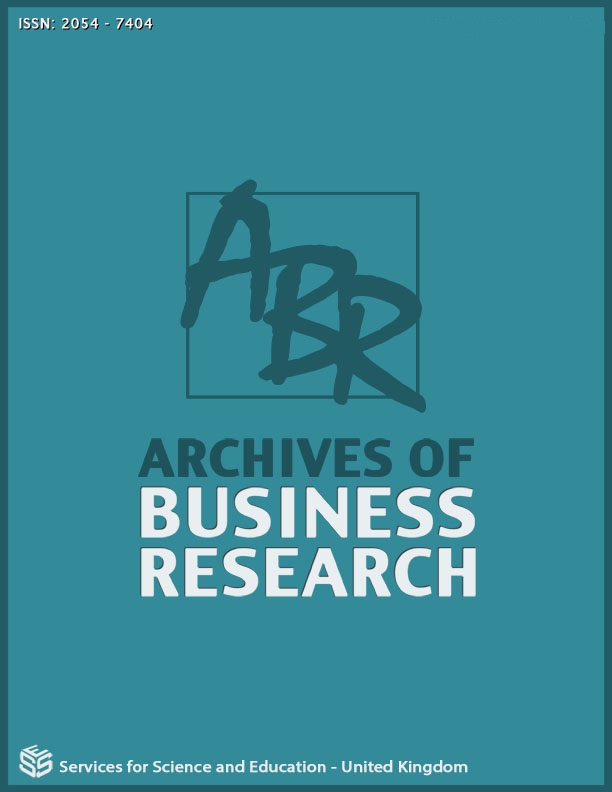Metro Transport Corporations:
New Governance for Urban Mobility
DOI:
https://doi.org/10.14738/abr.912.11462Keywords:
Governance; Future of transportation; Technology; Urban mobility; Public-private partnershipsAbstract
Urban mobility revolution is transforming and traditional transportation agencies may be ill-equipped to oversee the changes. Even before the COVID-19 pandemic, U.S. transit ridership was down as more people in metropolitan areas chose the convenience of options like Uber and Lyft. The apparent durability of working from home has exacerbated both fiscal and equity challenges for transit.
Meanwhile, vehicle travel is already ahead of pre-pandemic levels in 15 states. The combination of reduced transit ridership and more cars threatens to worsen the challenges posed by climate change.
Consumers have demonstrated their preference for the convenience new technologies provide. But the skills and capabilities of traditional urban transit agencies do not foster innovation. We propose that urban mobility be overseen by “Metro Transport Corporations,” public-private partnerships that combine the accountability of government with the entrepreneurial and technology-savvy influence of the private sector to address equity and sustainability challenges while driving superior customer service.
Downloads
Published
How to Cite
Issue
Section
License
Copyright (c) 2021 Charles Chieppo, Professor Giglio

This work is licensed under a Creative Commons Attribution 4.0 International License.






